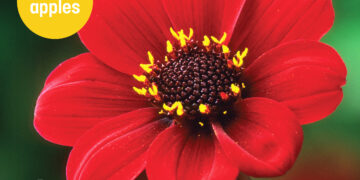No Result
View All Result
Feeding and Fertilizing
- Boost new grass growth by feeding tired lawns, especially if they appear yellow and thin.
- Use lawn fertilizer or high-nitrogen fertilizer for general lawn health.
- Apply fertilizer in moderate amounts, opting for “little and often.”
- Avoid fertilizing wildflower lawn areas.
Mowing and Edging
- Regular mowing should be well underway; weekly mowing may be necessary from now until the end of June.
- Increase mowing frequency as grass growth surges.
- Trim lawn edges and remake the edges with borders.
- Keep lawn edges trimmed where they meet paths or borders for a neat result.
Moss Control
- Use lawn mosskiller if there is heavy moss growth.
- Control moss with sulphate of iron, and feed the grass afterwards for a boost.
- Dead moss can be raked out, but this is not essential.
Seeding and Over-seeding
- Sow a new lawn or over-seed a patchy old one.
- Scatter lawn seed when rain is due to wash it down to soil level.
- Over-seed patchy areas or those affected by moss growth in damp weather.
- Rejuvenate a poor lawn with a power-scarifier, then sow seed and feed simultaneously.
Weed Control and Wildflower Lawns
- Use lawn weedkillers to control broad-leaved lawn weeds in warm, fine weather when the soil is moist.
- Do not use fertilizer or lawn weedkillers on wildflower lawn areas.
No Result
View All Result













